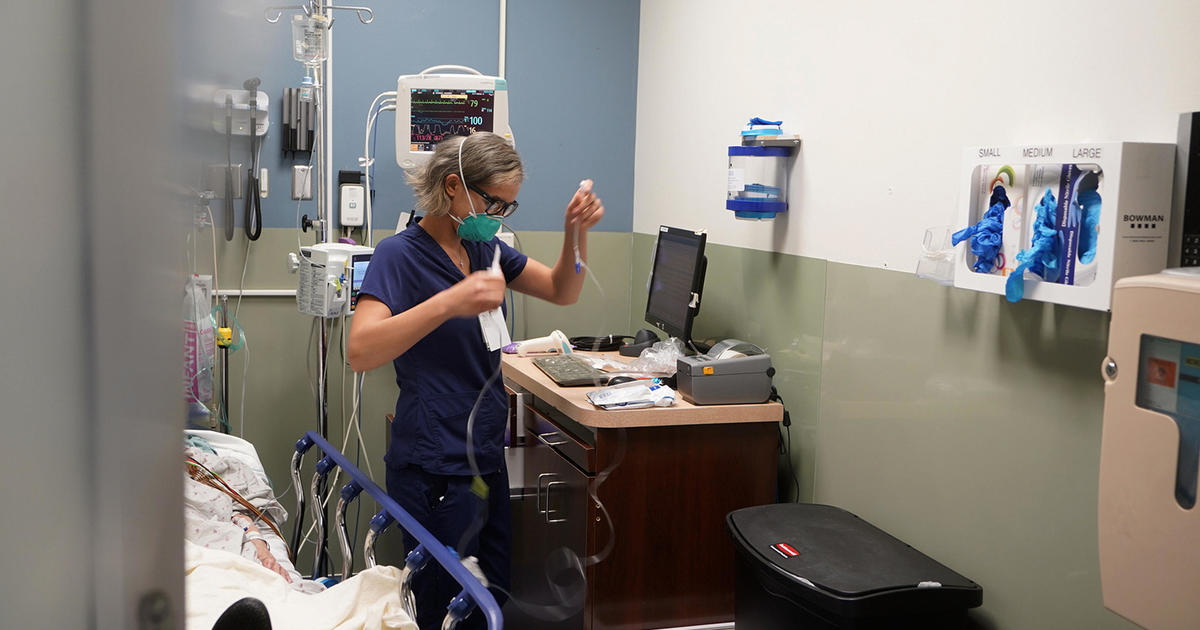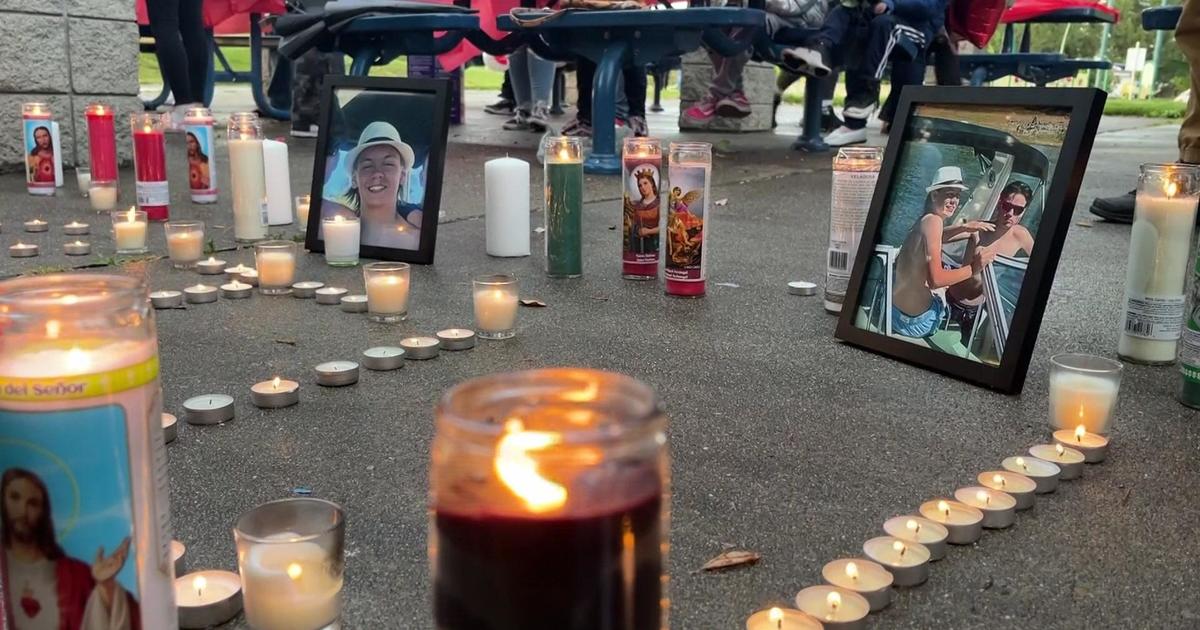Higher COVID Rate Found In Some Counties With Higher Vaccination Rate - Why, And What It Says About The Delta Variant
SACRAMENTO (CBS13) - State workers and health care employees will now be required to show proof of vaccine or get tested for COVID at least once a week.
The governor announced the new guidance today and is urging private employers to "replicate the example."
This comes as the highly contagious Delta variant is now dominant in the state and COVID rates have skyrocketed in the month since California officially reopened, including breakthrough cases among vaccinated Californians.
A new analysis finds several counties with above-average vaccination rates also have higher COVID case rates, while case rates are falling in counties with below-average vaccination rates.
Statewide data analyzed by the Bay Area News Group found five counties, Los Angeles, San Diego, Alameda, Contra Costa, and San Francisco, have both a higher percentage of people who are fully vaccinated than the state average and a higher average daily case rate.
Compare that to these five counties: Modoc, Glenn, Lassen, Del Norte, and San Benito, which have below-average vaccination rates and decreasing case rates.
However, UCSF infectious disease expert Dr. Phillip Norris clarifies that the data doesn't mean the vaccine is not working.
He notes, first, the counties referenced with higher vaccination and case rates are more densely populated.
"If there are a lot of people around you're more likely to bump into one who has COVID," Norris explained.
He, like other infectious disease experts, warns that vaccinated people may be unknowingly spreading the virus.
Julie: A lot of people think if they're vaccinated, they can't transmit. Is that true?
Phillip: So, originally we thought that might be true.
But he says that's no longer the case, thanks to the Delta variant.
He points to preliminary data from China that indicates the viral load in the nose from the Delta variant may be 1,000 times higher than previous variants.
"If that's the case, even a little bit in somebody who's vaccinated could be a lot," he explains.
Several studies have indicated that vaccines may reduce transmission, but most were based on previous COVID variants. (See here, here and here).
Norris notes that as case rates increase with the Delta variant, more vaccinated and unvaccinated people will get COVID, though data indicates that the rates will likely remain much higher among the unvaccinated.
Consider this: In Los Angeles County last month, vaccinated people made up one out of five new COVID cases.
That means, for example, out of 100,000 people, 10 vaccinated people would test positive for every 40 unvaccinated people.
Infectious disease experts stress that vaccinated people also have fewer symptoms, are less likely to be hospitalized and are still believed to be less likely to transmit.
However, for those who have immune-compromised people in their life, it's also important to remember that you can still get COVID and give it to them -- even if you're both vaccinated.
NOTE: This story was updated to include additional links and to clarify and correct a typo.
("That means, for example, out of 100,000 people,10 vaccinated people would test positive for every 40 unvaccinated people.")



